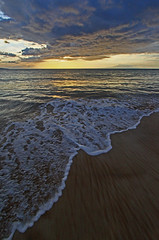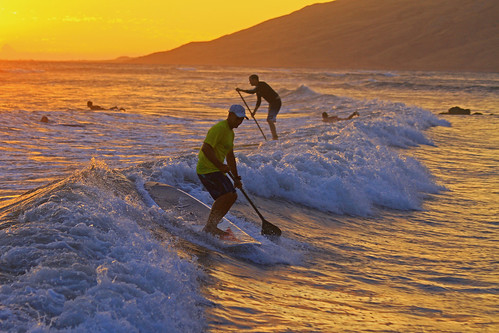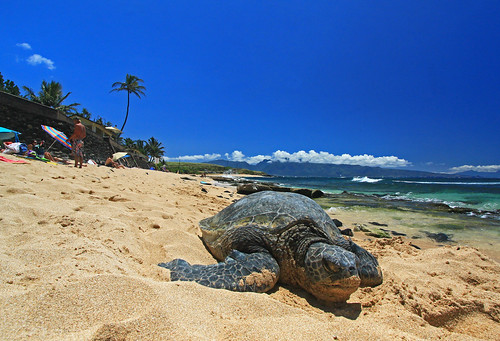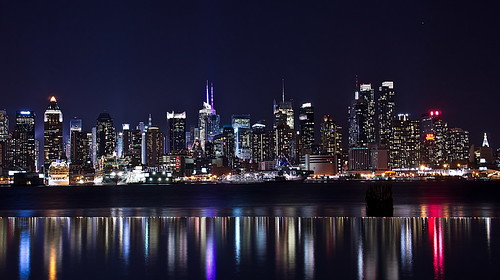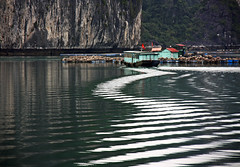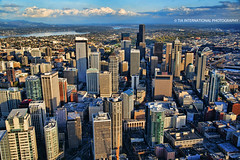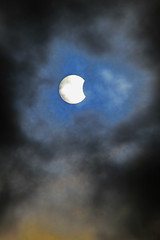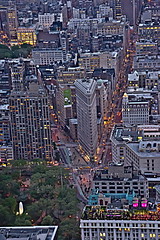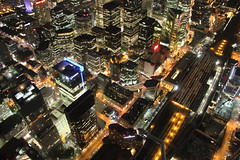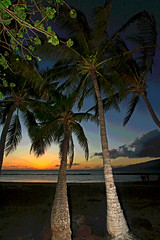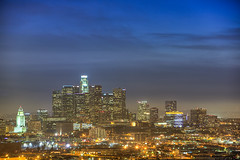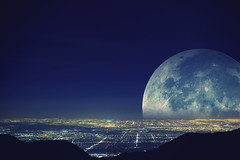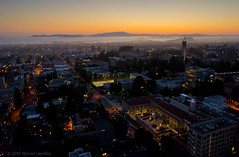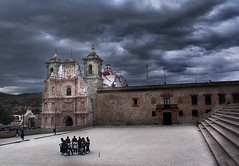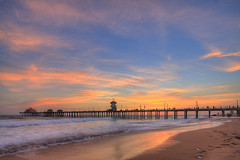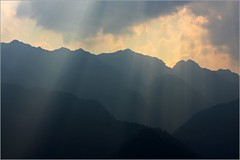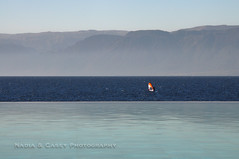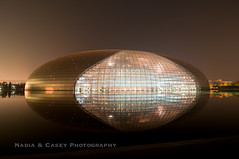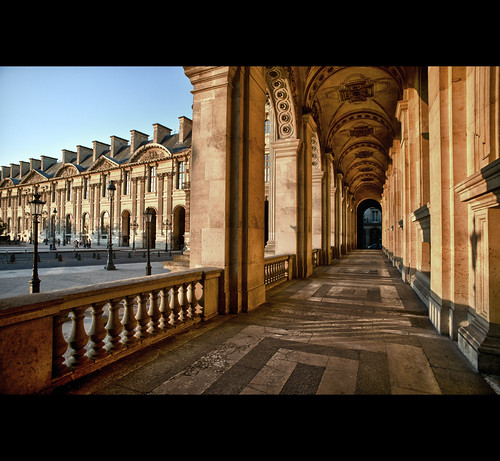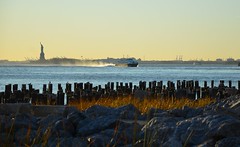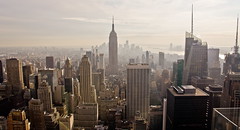aiiiiiiiiiiiiiiiiii
May 30, 2012
May 28, 2012
May 27, 2012
May 26, 2012
Tahiti Pearl Regatta, leg 2 departure from Bora Bora
From May 16, 2012 to May 20, 2012
The most important regatta of the Pacific island is organised each year to be an exceptionally unique event combining regattas, sailing and canoes, human encounters as well as discoveries of charm. It’s the Tahiti Pearl Regatta. It is certainly the annual meeting point for those truly passionate about sailing from Tahiti and the islands of French Polynesia.
An exceptional location
The 2012 edition of the route allows the discovery of the islands of Raiatea and Taha’a, which share a lagoon, and of course Bora Bora.
The Tahiti Pearl Regatta is - and always has been - open to all types of sailing boats (monohull, catamarans, trimarans, private or chartered, even trans-pacific boats) with no size limits.
Each year between 40 and 50 boats from many different nationalities face off over three days, stopping the competition each night on one of the mythical French Polynesian islands.
The festivities begin from the 15th of May to the sound of Toere drums, Tahitian ukuleles and traditional song and dance.
===================
Kite Aerial Photography
Kite : Dan leigh Delta R8
Rig : autokap rig designed by Brooks Leffler
Cameras : Canon S 95 + GoPro hero H2
Wind : NE 12-15 knots
I was fortunate enough to fly a dual camera rig not to miss this session... when setting up the cameras, my finger probabaly changed the S 95 settings to "macro"... as a result all pictures made with the S95 went straight to the trash and I could only use the GoPro images.
for this session I was not on my "official" boat but boarded a local fishermen boat and we were just playing with the light, wind and speed, a rather challenging KAP session.
Even when it's over, a paroxysm at Etna is still beautiful
Shortly thereafter, the first light of the new day began to appear, bathing the mountain in a dark blue light. The still flowing lava contrasted spectacularly with the surroundings - the largely ash-covered east flank of the mountain, and snow on the areas to the south and north. I had driven to the town of Santa Venerina, on the east-southeast flank of Etna, to get the frontal view on the lava flows at daybreak. While fine ash was still falling from the sky, I took this and numerous other photographs as the light gradually became brighter, and finally the sun rose from the horizon over the Ionian Sea, the huge ash plume emitted earlier slowly drifting away toward southeast.
:)
May 25, 2012
May 23, 2012
May 22, 2012
May 21, 2012
biting the sun
Hawaii did not have a great view of the eclipse.....but here is what we did see....this was right about at the apex moment of what we had in Hawaii. I had to wait for a break in the clouds to get a clear shot.
:)))
May 20, 2012
May 19, 2012
May 18, 2012
May 17, 2012
Berkeley after sunset
This aerial photograph was taken from one block southeast of the University of California, Berkeley campus on a beautiful spring evening.
The view includes the School of Law in the right foreground, the lit Campanile in the upper right, San Francisco Bay and Marin County in the background, and the Golden Gate Bridge (faintly visible) in the upper left.
Taken by a camera lofted by a helium balloon
May 16, 2012
Giving an Old Image a Second Shine...
What I did...
1. Planted in the ArtScience Museum from another image
2. Removed the steel cables at the bottom left
3. Correct distortion and straighten up buildings with warp tool
4. Topazlab Adjust to bump up colors, sharpening & contrast
This time the sky was real...
May 15, 2012
Opera!
This photo is a panorama combination of 5 RAW photos shot with a telephoto lens on top of the "Sydney Harbour Bridge". Not the best quality, will have more to come.
May 14, 2012
May 12, 2012
May 11, 2012
mOOrea isLand
Overwater bungalows at the InterContinental Moorea Resort & Spa
=========================
Kite Aerial Photography
Kite : Delta Dan Leigh R8
Camera : Ricoh GXR A Mount
lens : Voigtlander 12 mm
rig : AutoKap
May 9, 2012
May 6, 2012
Un couloir au Louvre
Les règnes de Louis XIII et Louis XIV marquent profondément les structures du Louvre et des Tuileries. Le prolongement sous Louis XIII de l'aile ouest de la Cour Carrée marque le point de départ d'un projet ambitieux qui sera mené à son terme par Louis XIV et complété sous Louis XV. Le coeur du monument prend alors l'aspect que nous lui connaissons encore de nos jours. Le désintérêt marqué par le roi après la construction de Versailles plonge le palais dans une nouvelle période de sommeil.
En 1625, après plus de dix ans d'arrêt, Louis XIII décide la reprise des travaux du Louvre pour réaliser le Grand Dessein imaginé par Henri IV. Il ordonne la démolition d'une partie de l'aile nord du Louvre médiéval pour prolonger l'aile Lescot dans cette direction en symétrie parfaite avec les mêmes détails de décor.
En 1660, l'architecte Louis Le Vau est chargé du projet d'achèvement du Louvre : doublement de la Petite Galerie ; achèvement de l'aile nord de la Cour Carrée ; de 1661 à 1663, prolongement de l'aile sud, dotée d'un pavillon oriental, symétrique du pavillon du Roi de style Renaissance et d'un pavillon central. Dès 1668, Le Vau doublant le palais en largeur, la première façade de l'aile sud, face à la Seine, terminée en 1663, disparaît au profit d'une nouvelle façade. Les derniers restes du Louvre médiéval sont démolis.
--------------------------------------------------
The reigns of Louis XIII and Louis XIV had a major impact on the Louvre and Tuileries palaces. The extension of the west wing of the Cour Carrée under Louis XIII marked the beginning of an ambitious program of work that would be completed by Louis XIV and added to by Louis XV, resulting in the Louvre that we see today. However, following the completion of Versailles, royal interest in the palace waned, plunging the Louvre into a new period of dormancy.
In 1625, after over ten years of inactivity, Louis XIII decided to resume construction work and carry out the so-called Grand Dessein (Grand Design) envisaged by Henri IV. Louis XIII ordered the demolition of part of the north wing of the medieval Louvre and its replacement by a continuation of the Lescot wing, with identical decoration and detail.
In 1660 Louis Le Vau was appointed to oversee the completion of the Louvre. This entailed a new facade for the Petite Galerie, the completion of the north wing of the Cour Carrée, and, between 1661 and 1663, the extension of the south wing, including two new pavilions—one at the eastern end, symmetrical to theRenaissance Pavillon du Roi, and one in the center. In 1668, Le Vau doubled the width of the palace and constructed a new facade overlooking the Seine. The last vestiges of the medieval Louvre were demolished.
May 2, 2012
loVe iN Manhattan
.... i miSS u so veRY muCh!!!
i miss u... honeyyyyyyyyy!!!
honey.... i miss U!!!

